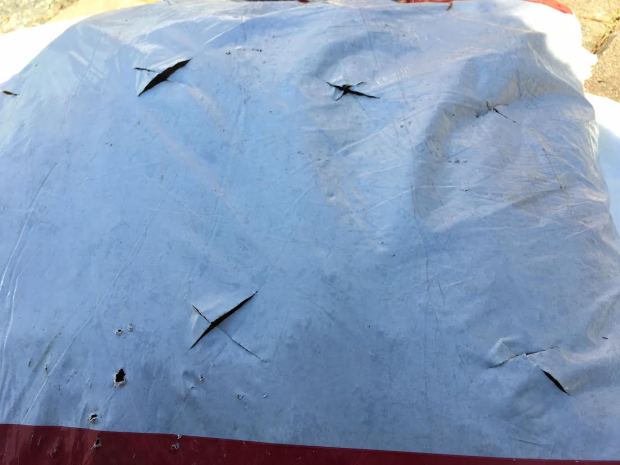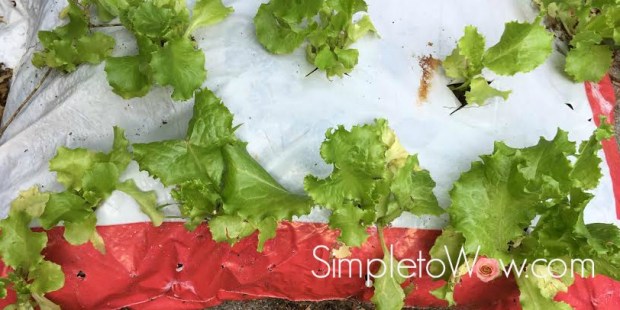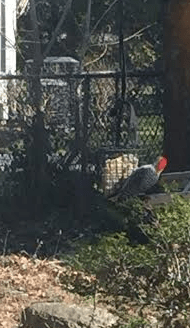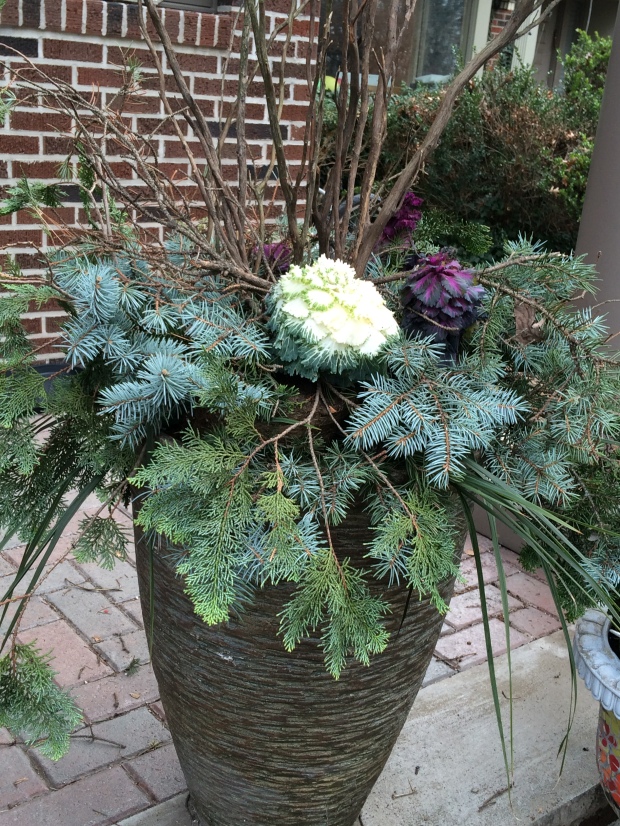
I am intrigued by framed arrangements. I love the contrast of a rigid framed shape against the natural beauty of foliage and flowers. The frame provides boundary and format to the creativity and unique beauty of G-d’s world
Last year, I attended a cousin’s Bar Mitzvah in Jerusalem and the simple floral arrangements mesmerized me. The arrangements incorporated circular hoops as the backdrop for tropical flowers. I was intrigued by these arrangements and just couldn’t take my eyes off them. There was something about the way the circular hoop framed the arrangement and the way the lush tropical foliage and orchids contrasted with the simplicity of the circular shape. My relatives caught me staring and quickly realized that they would be seeing more of this type of arrangement on my blog.

I spent some time thinking about how I could achieve that look on a budget and with flowers from my garden. I loved the idea of the circular framing. I was determined to use the hoop as a frame for a sparse arrangement that would allow one to see right through the arrangement.
For our Purim seuda (feast), I created these arrangements using the just budding branches of our Magnolia trees in our backyard. Back in late February-early March, the buds were fuzzy, kind of like pussy willow buds but with meandering branches that were so interesting in their unique shapes.
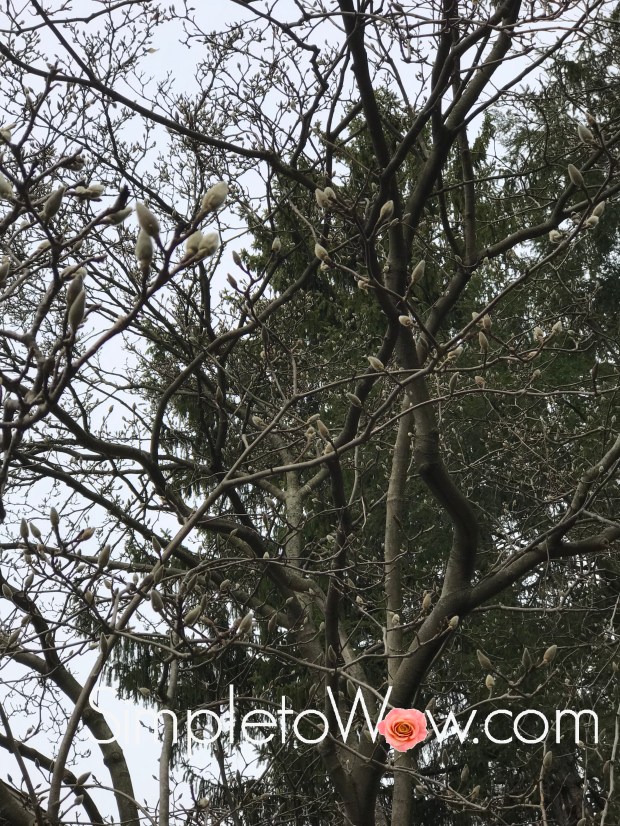
I contrasted rose-gold painted hoops with these branches and the effect was breathtaking and unique. I mounted the hoops onto cans spray-painted in the same metallic color as the hoops. They were conversation starters, especially because they incorporated elements from the winter-beleaguered trees in my backyard. And, they signaled that spring really would arrive this year.
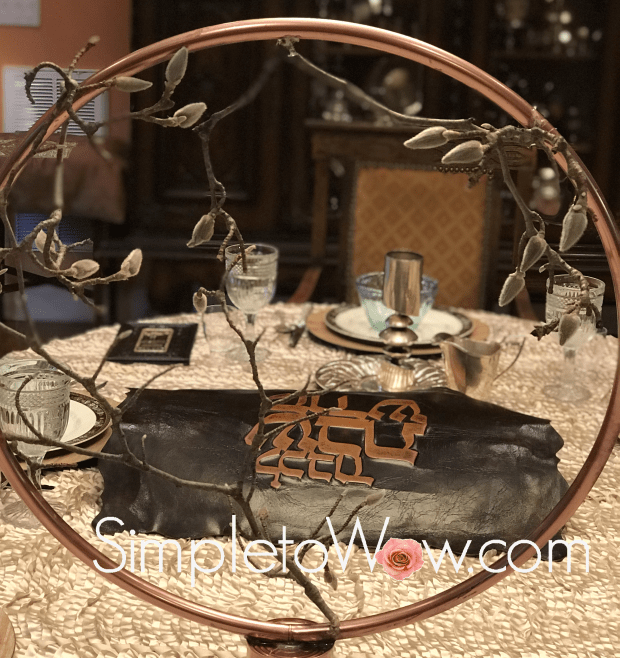
Almost two months later, the branches are still gorgeous and fresh with the fuzzy, though slightly withered blossoms still attached. I found an old globe stand and I fitted one of the metallic hoop arrangements into the semicircular base of the globe stand and have been enjoying the floral arrangement in my front hall.
Until, last week.
Just a few days ago, the Magnolia tree fuzzies metamorphosed into their trademark showy pink blossoms.

And, I just couldn’t resist updating and upgrading the hoop arrangements.
And this old-new arrangement just took my breath away. Not because of the rose-gold hoops. Or, the meandering branches. Or the fuzzy blossom beginnings. Or, even the spectacular magnolia blossoms.
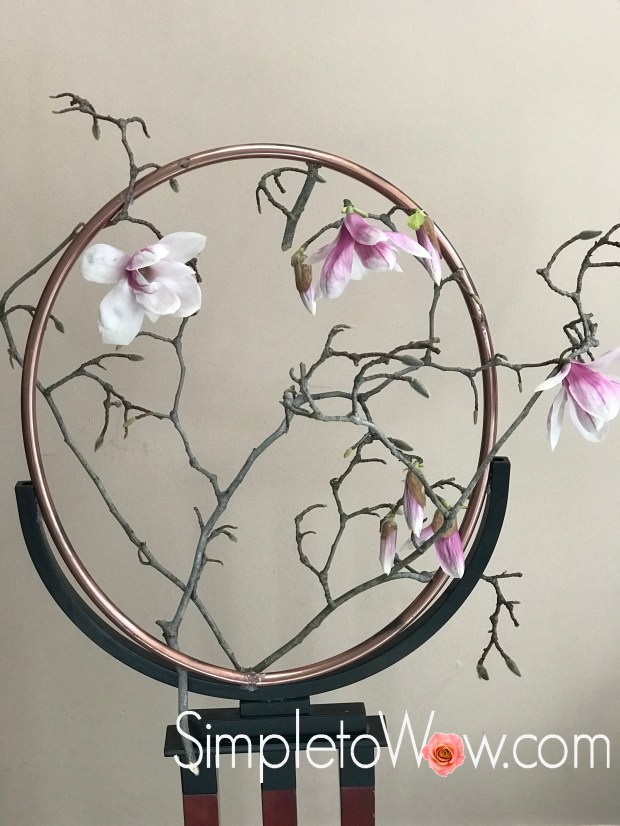
It is because of the symbolism. The round world surrounding the flowing beauty of nature, marching to the same rhythm and yet, ever changing. It is the miracle in the world. And in nature. And in creativity. And, mostly in the things we just take for granted.
SUPPLIES
heavy brick or can for base
INSTRUCTIONS
Using pruning shears, cut interesting branches, with or without blossoms, that will fit inside the hoop. Peel any stickers or coating off of the small 16-24″ hula hoop. Spray the hoop and the base carefully with metallic spray paint. Using a glue gun with glue sticks, carefully secure branches or flowers to the insides of the hula hoop, securing them in a few spots on the hoop. Using the glue gun with glue sticks, secure the hoop to the weighted base.
Voila!













